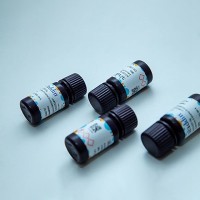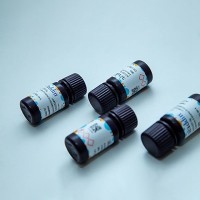The Use of FRET Microscopy to Elucidate Steady State Channel Conformational Rearrangements and G Protein Interaction with the GIRK Channels
互联网
332
while X-ray crystallography provides extremely high-resolution snapshot of protein structure, it lacks the ability to provide dynamic information on the processes involving conformational rearrangements of the protein. Methods to record protein conformational dynamics are present, in particular those that are based on fluorescence measurements, and are now more and more utilized in studying proteins in their natural environment. Here we describe the use of fluorescence resonance energy transfer (FRET) technique to monitor the conformational rearrangements associated with the gating of the G protein-coupled potassium channel (GIRK/Kir3.x), and its relation with the G protein subunits. The FRET technique is combined with total internal fluorescence (TIRF) microscopy, and allows the dissection of the signal originating from channel proteins that reside exclusively in the plasma membrane. Since most of the components associated with GIRK channel gating are intracellular, that involve various biochemical steps, proteins were labeled with genetically encoded variants of the green fluorescence protein and signals were acquired from live cells in culture. Using these methodologies we were able to show that gating conformational rearrangements, i.e. the opening of the channel, involve the rotation and expansion of the channel subunits cytosolic termini, along the channel's central axis. In addition, the G proteins that trigger this process reside very close to the channel, to ensure high signaling specificity and to provide temporal precision of the gating process.










